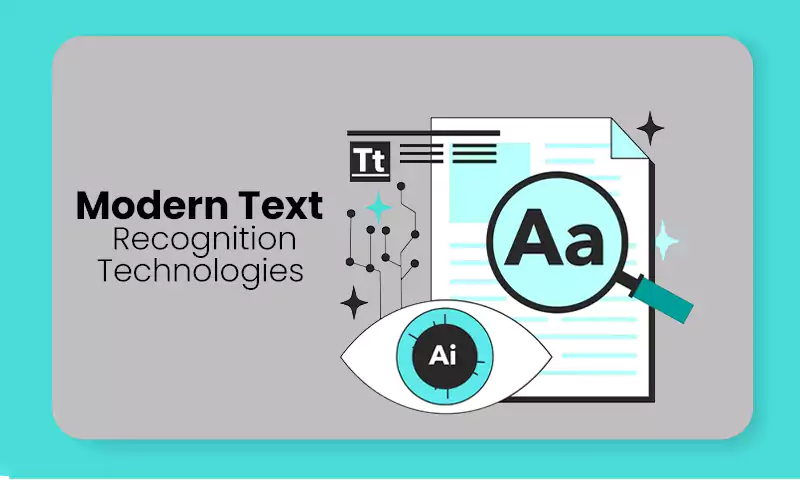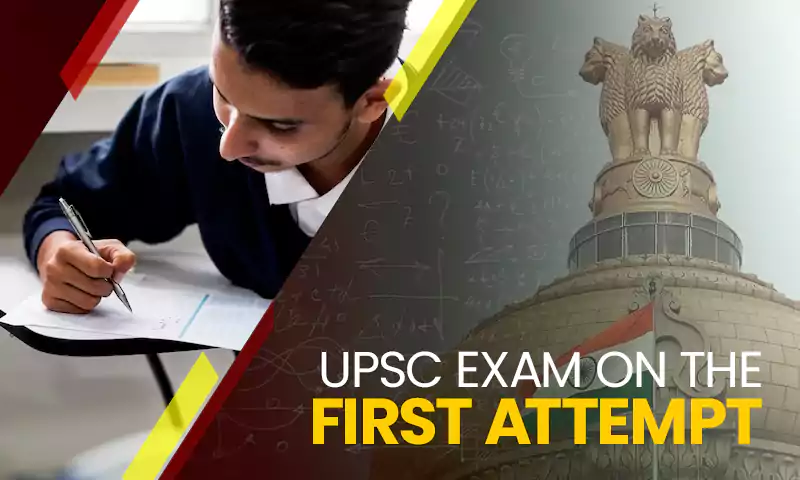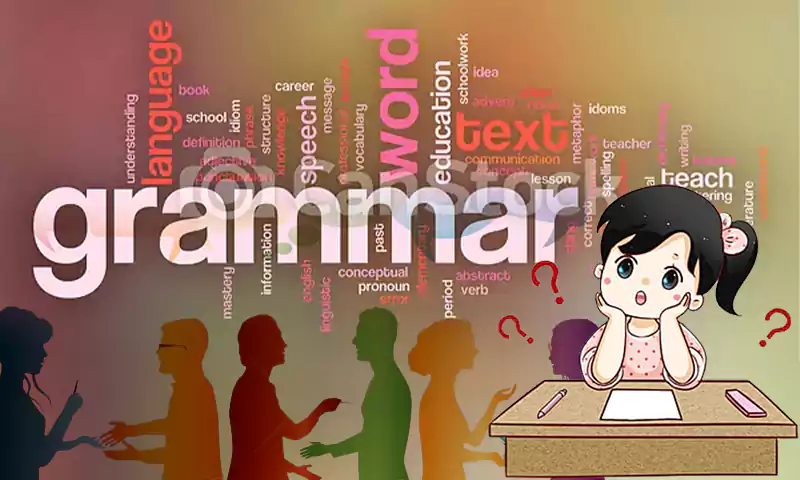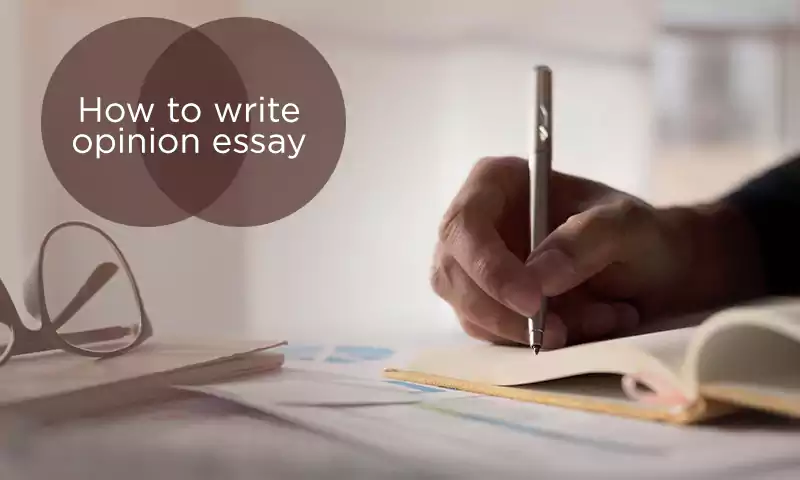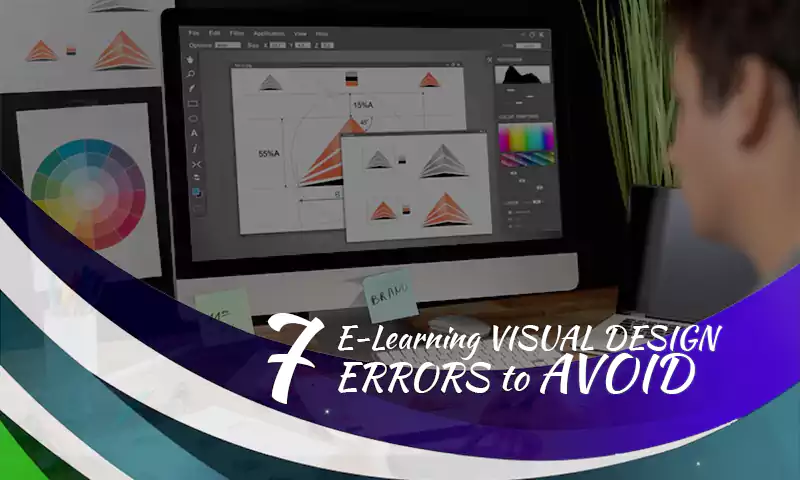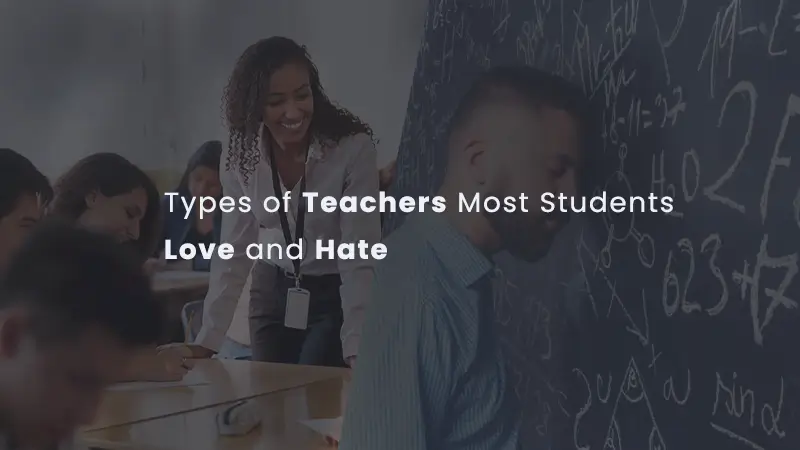Where You Might Know a Tutor from And What It Actually is?
The term originally comes from Roman times. In Roman law, the tutor was nothing more than a guardian for those who were not allowed to act independently. The word derives from the Latin “tutela – guardianship” or “tueri = to protect”.
Ultimately, this form of tutor also developed into the teacher or various forms of a coach, as you know them from all walks of life. Today, you will find the term “tutor” mainly in universities. Tutors are student assistants or doctoral students who lead students’ exercises and are also open to questions.
Also Read: 10 Profitable Online English Tutor Jobs in 2022
In the basic course, most students sooner or later find themselves in a tutorial. In this, the tutors deepen and expand the basic knowledge of the new students. In the tutorial, there are usually more opportunities for students to ask questions and have processes explained.
There are also more and more secondary schools that work with tutors, such as IMAT tutors – click here for more information. Similar to the universities, these are older students who take care of the youngest students so that after primary school they can get started and make the transition to the new type of school.
In this context, in the first year of the students at the secondary schools, they are often the contact and support for all problems that can arise at the school.
The Benefits of Tutors
Tutors and tutorials have advantages for both sides. The tutor himself can pass on his own basic knowledge, which can also lead to new views among the tutors. Above all, however, it promotes the ability of the tutors to learn how to reproduce complex facts more easily.
Both sides benefit from closer cooperation, which also promotes communication skills and knowledge of human nature. In the case of tutors in schools, in particular, the tutor’s activity also has a positive effect on the social views of both sides.
The students and pupils on the other hand also have their advantage: In contrast to the teacher or professor, the tutor they have a contact person who is much closer to the experience of the pupils/students, instead of “reading between the lines” in the work routine. to unlearn. This facilitates communication and thus also improves learning behavior.
Internal Differentiation Made Easy – Methods for Teaching
The school is an institution that sorts the students according to their performance and learning status. This usually takes place in the form of external differentiation, for example by being promoted at the end of a school year. However, there is also the inner differentiation that is more difficult to incorporate into the classroom, the so-called internal differentiation.
The External and Internal Differentiation in School
Differentiation in school takes place via external and internal possibilities. The aim of external differentiation is to turn a heterogeneous learning group into a homogeneous one.
This means that there are initially many students with very different requirements in terms of knowledge and the way of learning. These students are then taught content at the same time. Generally speaking, this means that better students absorb the content faster, understand it more easily, and thus have better grades.
At the end of the school year, the certificates are then differentiated. Bad students are demoted or have to change schools. From the heterogeneous group, only those students who are to be regarded as similar and who learn at the same speed and well are left behind.
External differentiation is problematic in that students’ self-esteem can suffer. Also, students very often learn from other students, so it makes much more sense to keep a heterogeneous group and not select them based on their performance.
This is where internal differentiation comes into play. In this form, also known as internal differentiation, methods are used in the classroom to respond individually to the learning and performance levels of the students. This is intended to avoid selection and to maintain the heterogeneous group.
Procedure of Internal Differentiation
Internal differentiation itself can run on two levels: once more controlled by the teacher and once more controlled by the learner. If the teacher controls the differentiation, this usually goes hand in hand with a performance aspect and grades. The differentiation controlled by the learners, on the other hand, ensures autonomy – but this must first be learned.
To be able to implement methods in the classroom, you always need an introduction and an input phase. In this phase, content and topics should be explained and tasks set. In the case of increased free work, instructions can also be given here as to where the students can use tools or obtain information.
The more knowledge has been acquired through the autonomous appropriation of content by the students, the freer the work can be done. Experienced students, who can search for their own knowledge, only need information about what is to be learned in one week. Autonomy thus leads to free work.
Methods of Internal Differentiation for Teaching
One method for inner differentiation is the targeted asking of questions by the teacher. These questions, also linked to hints, should always be individually tailored to the students. This also means that the teacher must have clarity about the performance level of each individual student.
These questions can be used well if the learning goals are the same. However, it can also be differentiated via the learning goals – so different students can be entrusted with different tasks.
Other methods can be found in personal learning diaries or flashcards. In this way, the progress in relation to the given weekly or monthly goals can be recorded.
Groups should also be formed in cases where other students show weaknesses. Pupils can sometimes learn problematic facts better from experienced classmates.
In addition, the methodological approach should also include extended offers. Here, for example, fixed tasks for the weaker students that have to be carried out with help and free as well as additional tasks for students who are strong learners.
For example, in the case of a gap text, fast learners can be given a more difficult task by increasing the number of gaps. However, a gap text can be easier if the teacher already provides the gap words. The methods can therefore be varied with regard to the students and either expanded or reduced in terms of the level of difficulty.
Share






